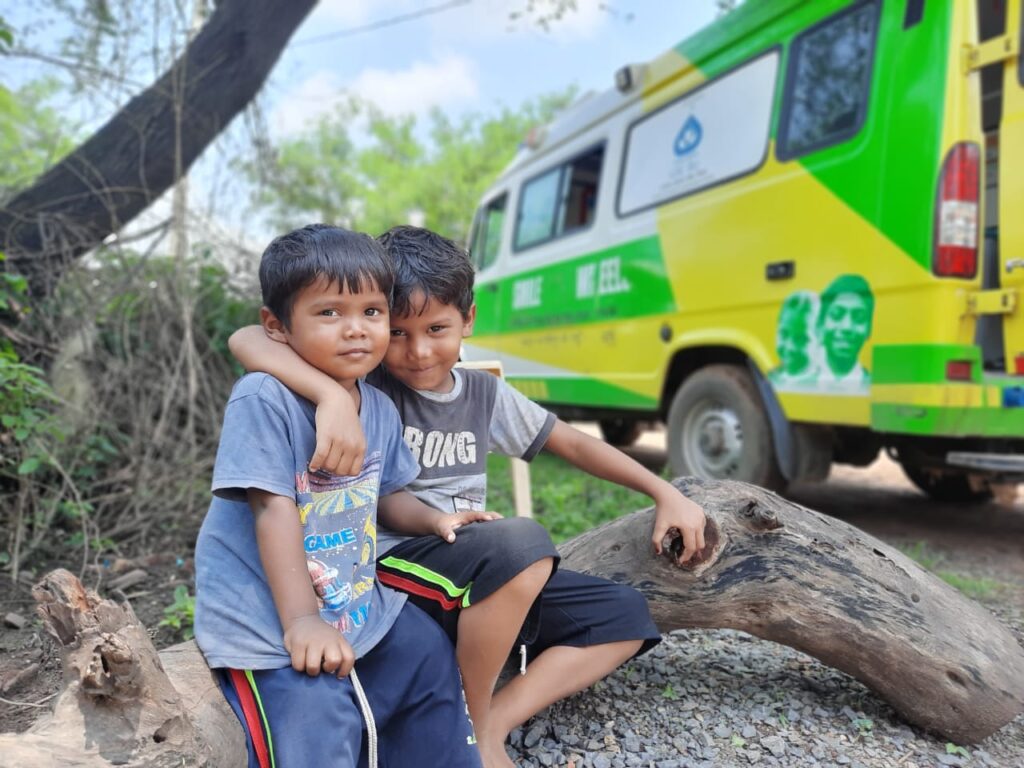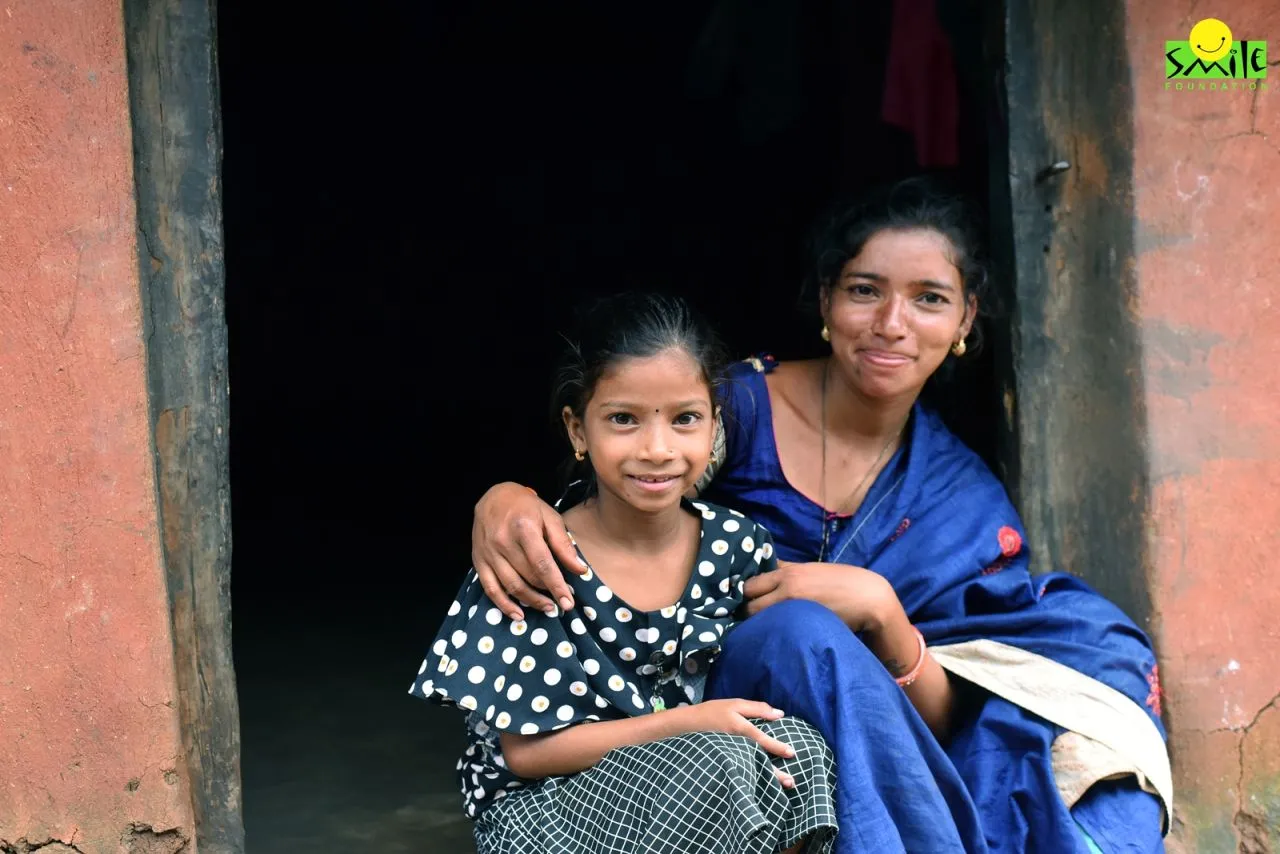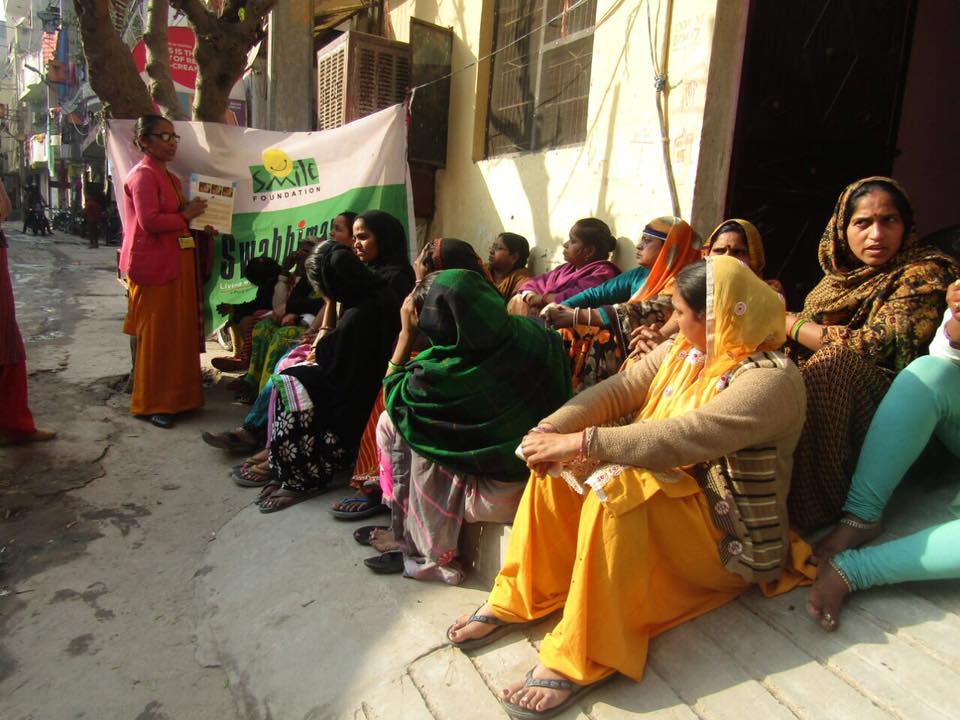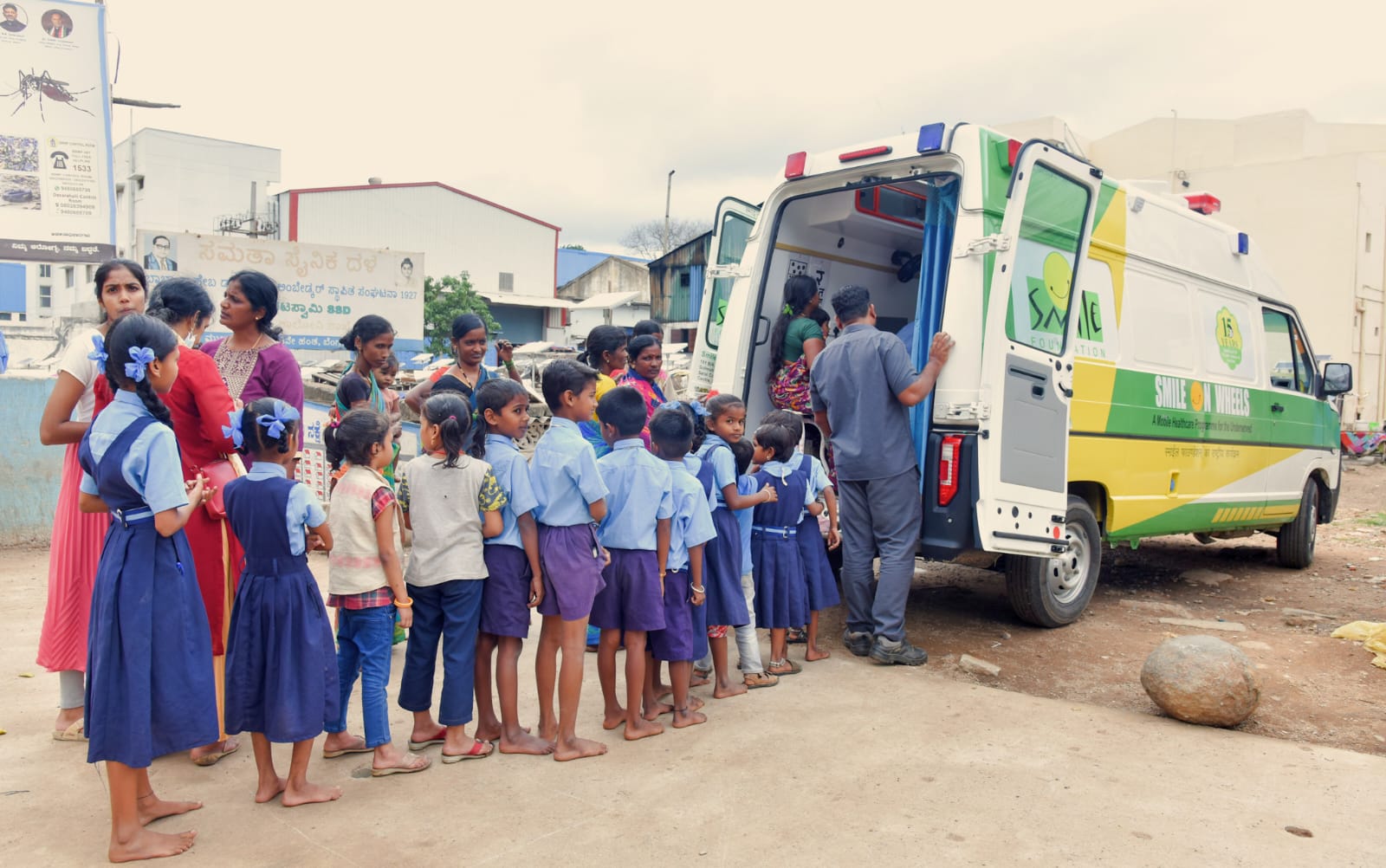India faces many challenges; economic, social, cultural, political, and much more. One of the biggest challenges that the country faces today is in the area of healthcare. Within healthcare, the problem of non-communicable diseases is a major burden for the country.
The non-communicable disease burden in India is extremely high. This can be deduced from the fact that 66% of deaths in the country in 2019 were a result of non-communicable diseases.
The WHO report revealed that more than 60 lakh people in India died due to these diseases in 2019. Every two seconds, one person under the age of 70 died because they had a non-communicable disease.
This does not only put a major burden on the healthcare infrastructure in India, but also leads to economic loss to the country. This is why it is important to reduce the non-communicable disease burden in India.
What are Non-Communicable Diseases?
The World Health Organisation (WHO) defines non-communicable disease as: “Noncommunicable diseases (NCDs), also known as chronic diseases, tend to be of long duration and are the result of a combination of genetic, physiological, environmental and behavioural factors.”
As we can see, these types of non-communicable diseases can occur due to varying factors, and this is why they also become one of the biggest problems to deal with. It has also been observed that 86% of premature deaths due to non-communicable diseases occur in medium or low-income families.
This also shows a strong correlation between one’s financial and social condition and the likelihood of succumbing to a non-communicable disease. Now, the non-communicable disease list is long, but let us try to look at a few examples:
Cardiovascular diseases – Diseases related to heart like strokes, cardiac arrest, etc., cause the highest number of deaths.
Diabetes – Commonly called ‘sugar disease’ in India because of the body’s incapability to control insulin levels, Diabetes is one of the biggest problems that India faces today. Diabetes can lead to various other health problems related to eyes, kidney, heart, etc.
Cancer – One of the most-dreaded diseases, Cancers of various types are becoming one of the leading reasons for premature deaths. Due to lack of primary healthcare facilities, many patients are diagnosed much later which makes it difficult to save their lives.
Chronic respiratory diseases – These types of non-communicable diseases are also a result of the environment. Increasing air pollution and where you live can be a leading cause of diseases like asthma. Behavioural reasons like smoking are also a major cause of respiratory diseases.
Mental health issues – Often overlooked, mental health issues like depression, anxiety, and many more are a leading cause of deaths among people. The awareness around mental health is still abysmally low in countries like India which makes it even difficult to access the appropriate medical intervention.
Non-Communicable Disease Burden in India
NCDs can occur because of one’s lifestyle, physical activity, dietary choices, intake of alcohol or tobacco consumption. However, they also result from factors out of an individual’s control, like the environment, genetic factors, and much more.
Research has found that, in India, the onset of non-communicable diseases happens somewhere around 45 years of age. As compared to the developed nations, this occurs a decade earlier. In developed countries, non-communicable diseases occur in the population primarily above the age of 55.
This is evidence of the fact that Indians are at a higher risk of premature deaths due to non-communicable diseases. A 2017 report by Indian Council of Medical Research (ICMR) found that deaths due to non-communicable diseases in India increased from 37.9 % in 1990 to 61.8% in 2016.
This is a massive jump within a period of 25 years. Out of these, the cardiovascular diseases’ proportion went up from 2.9% to 6.6%. Respiratory diseases saw an increase from 2.7% to 4.4%. The biggest jump was in cases of deaths due to diabetes, from 0.7% in 1990 to 2.2% in 2016.
One-third of all the diabetics in the world live in India and China. India also has the second-largest population of diabetics in the world. This increase in the number of diabetes patients is because of the changing lifestyles, consumption of processed food, and increased sugar intake.
All of these problems, combined with India’s struggling healthcare infrastructure, aggravate the burden of non-communicable diseases for the country. A huge percentage of the population suffering from chronic non-communicable diseases but not having access to proper medical care has other costs associated with it.
Report has found that 86% of NCD deaths related to cardiovascular diseases could have been avoided through early detection and treatment. Additionally, nearly half of those with hypertension don’t even know they have it, even though two-thirds of those with the condition reside in low- and middle-income nations.
Research has also found that India has a delayed response to risk factors associated with non-communicable diseases. The information and awareness around these diseases is also insufficient.
There are a number of initiatives that the government has started to deal with the non-communicable disease burden in India.
Some of these are as follows:
- National Programme for prevention & Control of Cancer, Diabetes, Cardiovascular Diseases & stroke (NPCDCS)
- National Programme for Control of Blindness & Visual Impairment (NPCBVI)
- National Mental Health Programme (NMHP)
- National Tobacco Control Programme (NTCP)
- National Programme for the Prevention & Control of Deafness (NPPCD)
- National Programme for Prevention & Management of Burn Injuries (NPPMBI)
To assure the treatment of common NCDs, NPCDCS has established 677 NCD clinics at the district level, 187 District Cardiac Care Units, 266 District Day Care Centers, and 5392 NCD clinics at the community health centre level.
A comprehensive strategy is required to diminish the effects of NCDs on people and society. To do this, all sectors—including healthcare, finance, transport, education, agribusiness, planning, and others—must work together to lower the risks of NCDs and promote measures to prevent and control them.









